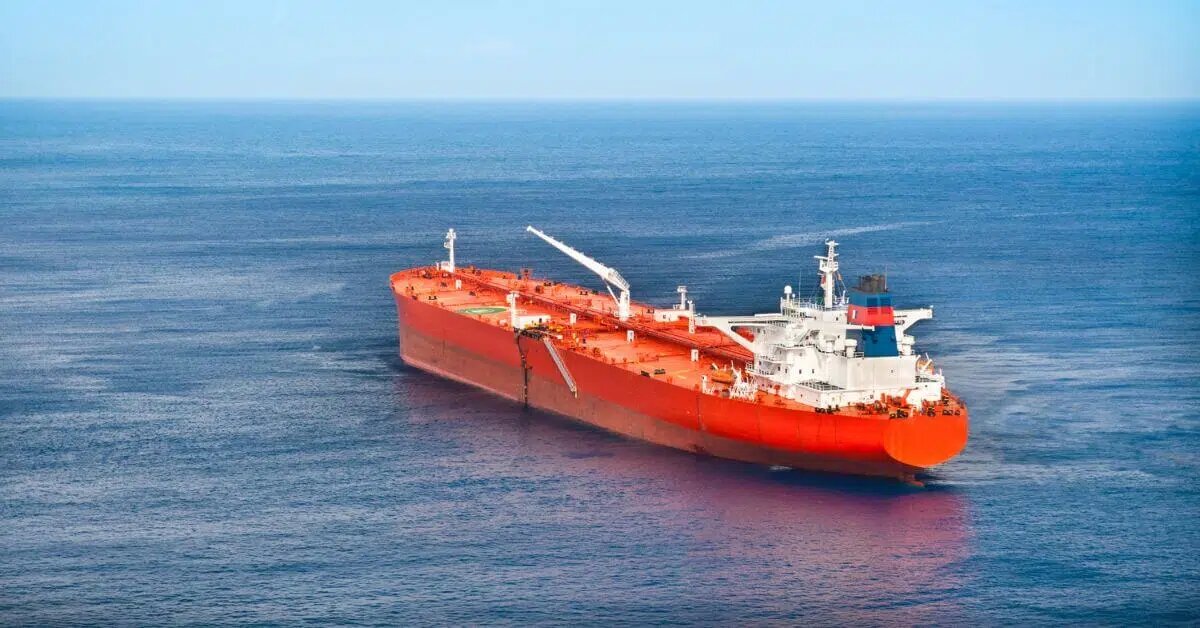Oslo-headquartered Fred. Olsen 1848 has unveiled its Tension Buoy concept, designed to maintain stable mooring tension for floating solar installations in reservoirs and hydropower dams with large water-level variations.
The solution addresses one of the main technical barriers to pairing floating solar with hydropower, maintaining consistent mooring tension as water levels rise and fall.
According to the company, fluctuating water levels can leave traditional mooring systems either too taut or too slack, which reduces efficiency, increases maintenance needs, and creates operational uncertainty.
The Tension Buoy features an automatic winch system that continuously adjusts the mooring line length in response to water-level changes. This provides consistent tension and a more reliable anchoring solution for floating solar systems.
The winch, mounted on top of the buoy, is said to automatically adapt chain length as water levels shift, maintaining optimal tension during operation. It can be used temporarily during installation or permanently in operation, depending on site requirements.
The mooring chain passes through the buoy’s center, with excess chain hanging freely to accommodate water-level fluctuations. Fred. Olsen 1848 describes the approach as “intelligent simplicity,” aiming for high reliability without unnecessary complexity or cost.
Hydropower reservoirs often experience rapid level changes, which can challenge fixed mooring systems. Tension Buoy’s adaptive design allows floating solar arrays to remain stable without manual intervention, supporting easier hybridization between solar and hydropower.
By allowing solar to be deployed on variable-level water bodies, operators can make better use of existing hydro assets and boost renewable generation. Fred. Olsen 1848 said that the self-adjusting system can turn previously impractical sites into productive clean energy resources.
When paired with existing hydro infrastructure, the solution is said to support a more balanced hybrid generation, where solar energy covers daytime or dry periods and hydropower maintains the baseload output. Fred. Olsen 1848 noted that this could improve flexibility and system resilience in hybrid renewable setups.
Just recently, the Norwegian company appointed Francisco Guillermo Vozza as Business Development Director for floating solar.





